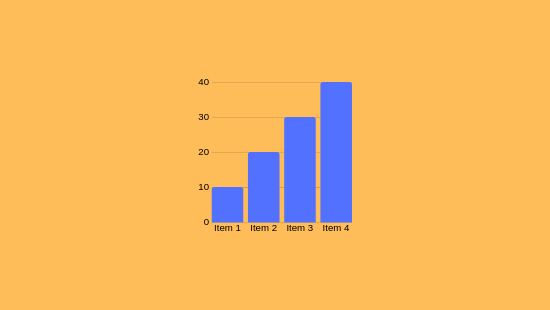
As you explore forex measurements, you'll discover they are computational techniques that scrutinize market numbers to forecast market movements. These instruments aid in signaling trends, confirming market cues, and detecting extreme market conditions scenarios. For example, the Relative Strength Index (RSI) tracks market force, while Bollinger Bands assess volatility. Enhancing your trade techniques by integrating these metrics is crucial, especially if you aim to manage risk effectively.
Understanding Forex Indicators
Forex indicators are computational devices embedded in charts to aid investors in analyzing market trends and making informed decisions. They provide perspectives into price changes and market possibilities by processing historical and real-time data.
Forex indicators are divided into four main types: trend indicators (e.g., Moving Averages), momentum indicators (e.g., Relative Strength Index), volatility indicators (e.g., Bollinger Bands), and volume indicators.
These tools can indicate market turns, validate ongoing patterns, or highlight overbought/oversold climates. If you're focused on refining your trading strategy, understanding these indicators is vital.
Categories of Forex Analytical Instruments
Upon evaluating market trends, investors usually employ a selection of measures to guide their trading choices.
Forex indicators can be grouped into different types, each serving specific purposes.
Trend Indicators like Moving Averages (MA) and Bollinger Bands assist in detecting trends and potential breakouts.
Momentum Indicators, including the Moving Average Convergence/Divergence (MACD) and Relative Strength Index (RSI), identify momentum changes and highlight overbought or oversold conditions.
Volatility Indicators like the Average True Range (ATR) quantify market variability, assisting investors in establishing protective measures.
If used strategically, these tools can enhance trade outcomes.
Key Indicators for Trading Decisions
To effectively make trading decisions, grasping and utilizing key measures that analyze market conditions is essential.
Price Movements (MA) display average prices over determined timeframes, revealing trends by evening out variations.
The Relative Strength Index gauges market force on a 0–100 scale, indicating excess buy above 70 and signaling oversold scenarios below 30.
MACD compares two EMAs to confirm the trend direction, with graphical representations illustrating bullish or bearish phases.
Bollinger Bands utilize variability measures around a moving average to determine volatility and potential reversals.
Retracement intervals denote support/resistance zones considering historical shifts.
Synthesizing these indicators boosts accuracy by authenticating prompts if aligned, facilitating precise timing for currency matchups.
Using Indicators for Risk Management
As you fine-tune your trading strategy, effectively utilizing measurement tools for risk control is essential. Tools like Moving Averages and Bollinger Bands notice volatility and identify potential entry/exit points for risk oversight.
These tools permit the setting of stop-loss orders and limit orders, critical for limiting possible losses.
For instance, applying stop-loss orders restricts your loss to a certain amount, such as 2% of your trading capital per trade. This disciplined tactic aids in managing forex risks by curtailing exposure to market volatility and leverage, which are significant challenges in currency trading.
Integrating Indicators for Improved Precision
Combining indicators is a accomplished tactic for boosting precision in forex trading. This method enables for the leveraging of multiple tools to examine several facets of market behavior, including trends, drive, and volatility.
By implementing indicators like Moving Averages, RSI, and MACD, you can formulate formidable trading strategies. For example, pairing Moving more info Averages with RSI and Volume validates trend direction and momentum, while Bollinger Bands with Stochastic discovers volatile scenarios and possible reversals.
If indicators from separate categories align, redundancies are minimized, and investment prompts are intensified.
Conclusion
You've understood how forex indicators operate, covering their diversities like trend, momentum, and volatility indicators. These instruments assist in spotting potential reversals and confirming trend continuity. Through combining tools, trading precision is boosted, and risk oversight is conducted more adeptly. As an example, using the Relative Strength Index (RSI) to spot overbought conditions and Bollinger Bands to analyze fluctuation can improve your decisions.